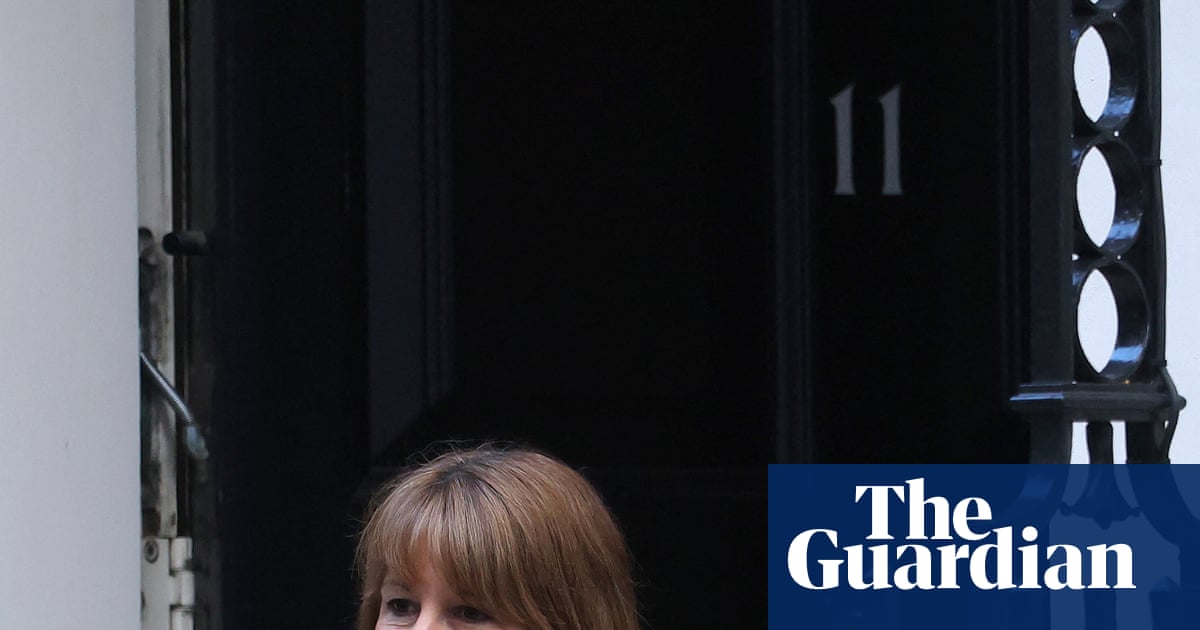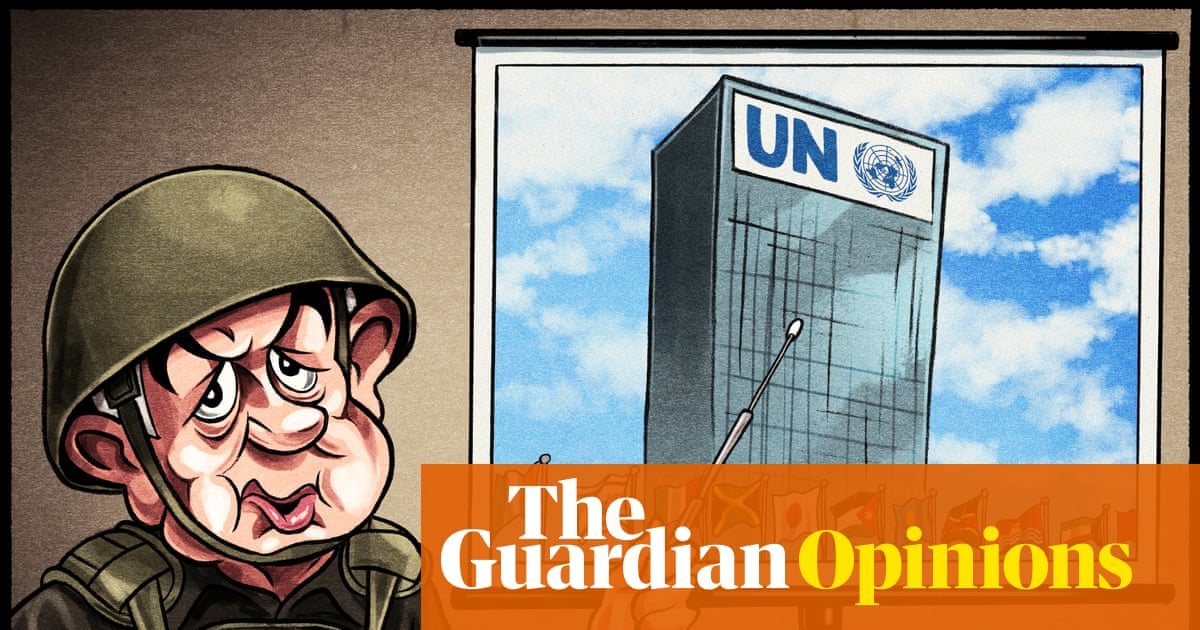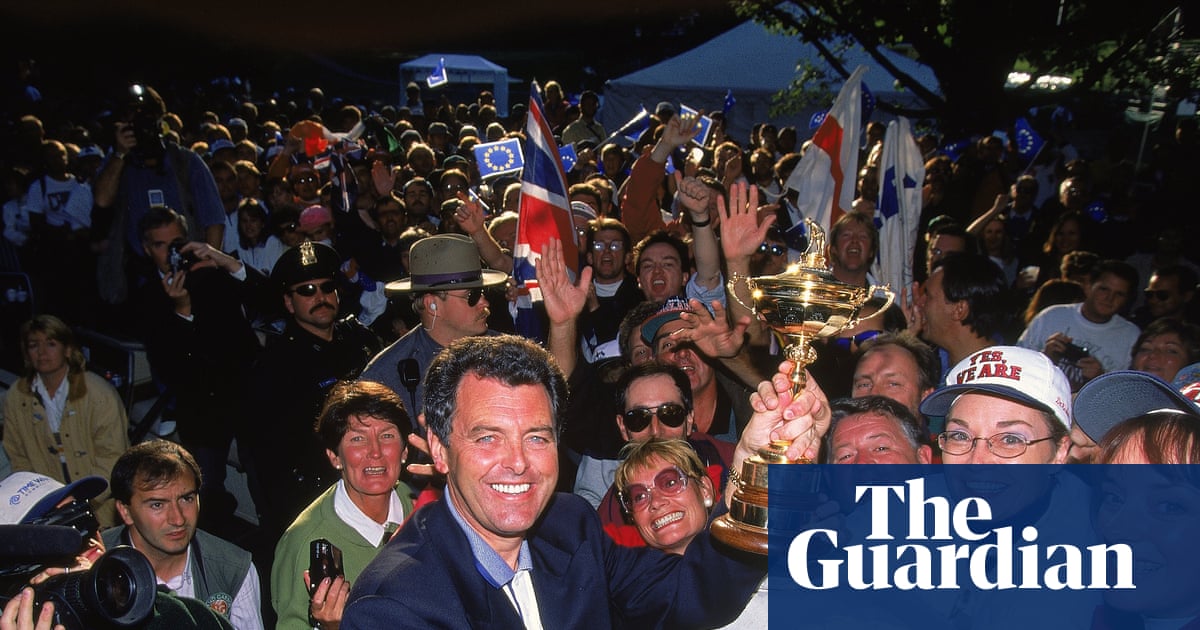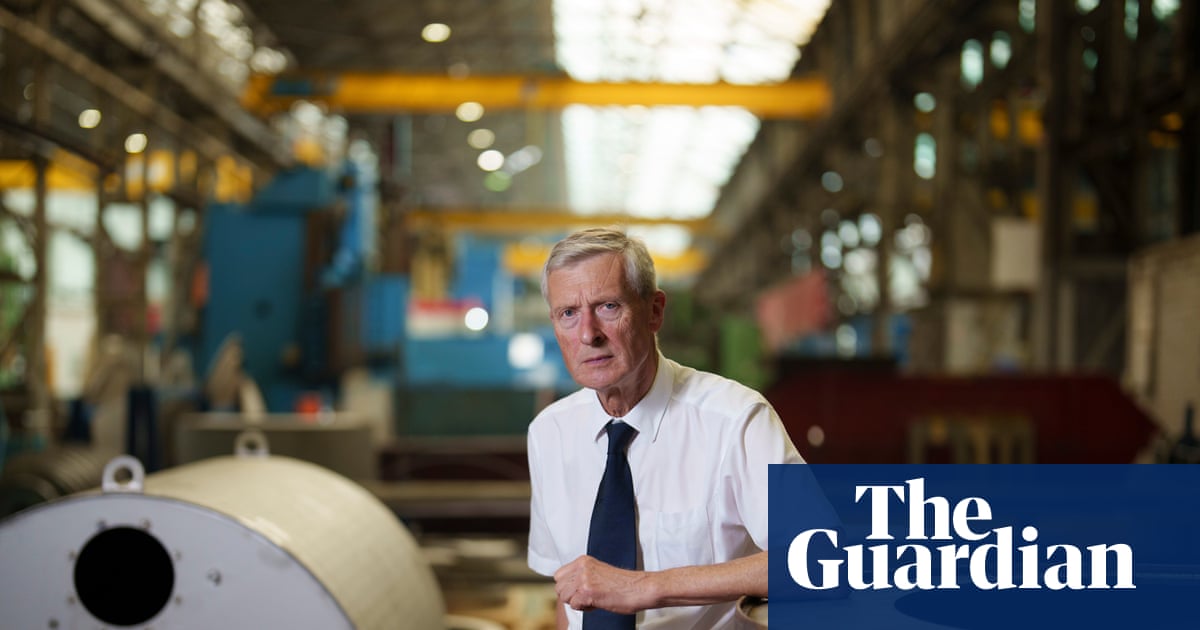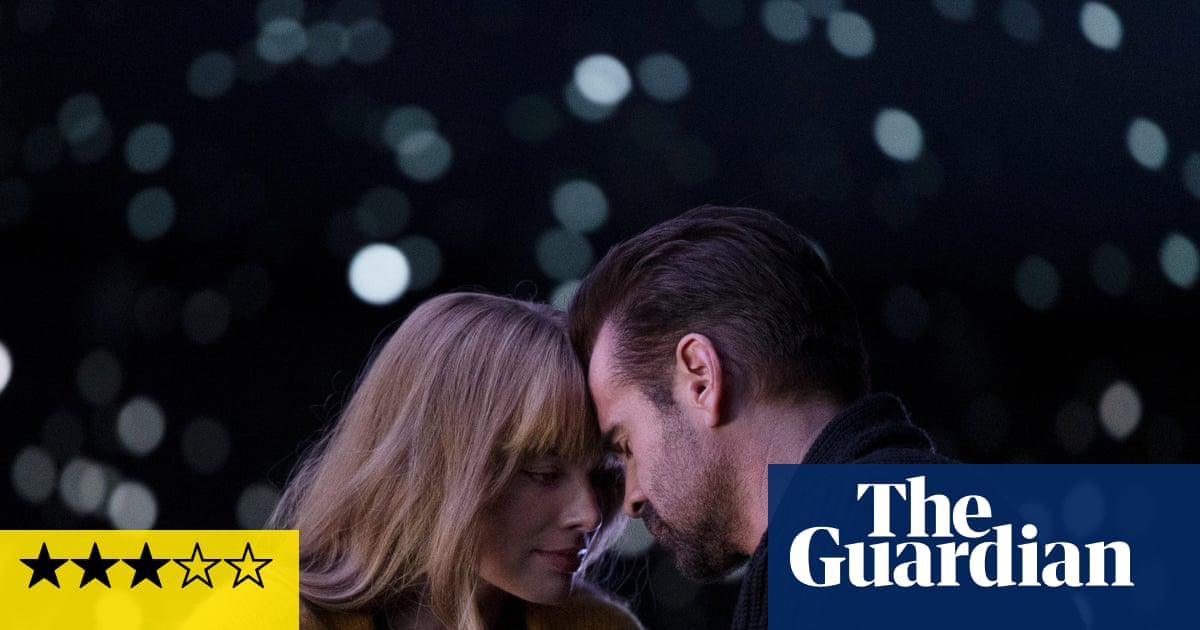The disused warehouse given over to this immersive production was once a storehouse for newspapers (Rupert Murdoch’s, in fact). So it is well suited to the show’s central concern – the archiving of words, although the fictive “arkive” stored here is for every single digital expression since the inception of the internet in 1983.
It is impressively gargantuan, with rooms as big as aeroplane hangars. Within them there are tight tunnels made of wicker or white padded material, the latter reminiscent of Punchdrunk’s Viola’s Room, also staged in a vast space.
Conceived by Liana Patarkatsishvili and produced by Sage & Jester, Storehouse is certainly grand in ambition and immaculately conceived in design, with an intricately created lexicon, too.
The backstory is that a now dead company boss conceived a global project to record every online message, meme and utterance in the hope to build the formation of a greater truth – a “Truthtopia” – in the world above this alternate underground realm. Except that this archiving process, named “the great aggregation”, has missed its deadline for the revelation of truth.
We meet its employees who seem willingly imprisoned underground and frozen in time like New Romantic throwbacks. They follow random rules such as falling into dance every time Culture Club’s Karma Chameleon is blasted out of a loudspeaker. We, the audience, are positioned as trustees of the company and are being shown around in the hope to inject fresh blood amid low morale and a recruitment crisis.
There are shades of Severance to the setup, with blind obedience among some employees rubbing up against the discontent and disobedience of others. Alongside, there are also echoes of George Orwell’s Nineteen Eighty-Four and HG Wells’s The Time Machine.
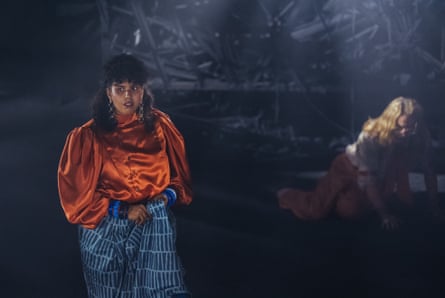
It’s a melange, with too many themes, and none of the dread, drama or tension that should accompany them. So the ideas float aimlessly in this great space without being tethered to enough actual story. The script has been conceived in a writers’ room usually associated with US screen dramas. This brings no less than six co-writers (Katie Lyons, Tristan Bernays, Sonali Bhattacharyya, Kathryn Bond, Caro Murphy and Rhik Samadder) alongside story producer, Donnacadh O’Briain.
It seems like a case of too many cooks; dialogue spins from data control to algorithms, the (mis)use of information, truths and lies (“Truth lies here” is a perplexing refrain). Themes are not only telegraphed but tub-thumped in the final scene with big questions thrown out to the audience such as: “What gives you hope?” (“My cat,” says one participant). There is earnest talk of tree hugging and disconnecting from social media. It’s nothing you do not already know, with no new take to offer.
Disembodied instructions are spoken through the public address system across the rooms (the voices of Toby Jones, Meera Syal, Billy Howle and Kathryn Hunter), and four combinations of cast perform the show simultaneously. Having seen two of these performances, I am still uncertain of why.
Some actors bring a little more depth to their character, especially Harriett O’Grady as a stacker (responsible for organising shelving of data) along with Chris Agha and Dawn Butler as bookbinders. It all comes together around a giant inkwell, when the plot is revealed in what seems like a Scooby-Doo style ending, with motives and culprits fully explained amid rather too basic reasoning.
Despite the alarm sounds and disturbed lighting through the show, there is no danger or jeopardy. The final moments open up to big electronic sound, laser light and Kraftwerk concert optics (lighting design by Ben Donoghue, sound design by James Bulley). It looks spectacular. If only there was more meaning in it.

.png) 3 months ago
63
3 months ago
63


